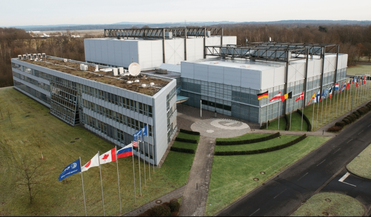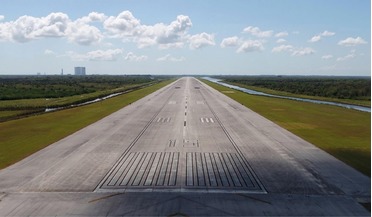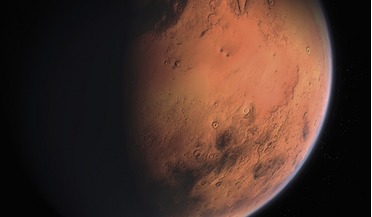 January 2018
Space nation's first orbiting satellite
January 2018
Space nation's first orbiting satellite
... 2017 from NASA’s Wallops Flight Facility in Virginia as a part of the OA-8 Antares-Cygnus mission to the International Space Station (ISS) and deployed after Cygnus completed its mission at the ISS and was placed into a higher orbit. Speaking from...
 February 2018
European centre shifts emphasis to deep space missions
February 2018
European centre shifts emphasis to deep space missions
... has unique training, medical operations and astronaut operations/support expertise in Europe. While currently focused on the International Space Station (ISS) programme, a large part of EAC’s competencies is relevant for any future human spaceflight...
 April 2020
Space Florida - gateway to an interstellar future
April 2020
Space Florida - gateway to an interstellar future
... planetary science missions. Astronauts flew aboard the Space Shuttle to the International Space Station and the Space Coast region rode the economic boom of America’s thriving space programme as the Air Force provided Cape Canaveral facilities, NASA...
 July 2020
Pandemic in space – are we ready?
July 2020
Pandemic in space – are we ready?
...on 17 April 2020, following her 200-day mission on the International Space Station, NASA astronaut Jessica Meir described the situation unfolding on the planet as “quite surreal”. Indeed the world had changed significantly during her relatively short...
 May 2021
In-situ propellant design for Mars ascent vehicles
May 2021
In-situ propellant design for Mars ascent vehicles
.... Currently, we are living in the Earth-dependent era of space exploration, which uses assets such as the International Space Station (ISS). Various experiments have been conducted onboard the ISS to understand the effects of microgravity, such...
 May 2024
Beyond Earth’s magnetic field
May 2024
Beyond Earth’s magnetic field
... of Earth’s magnetic field, and the International Space Station (ISS) is in low Earth orbit, where cosmonauts and astronauts are protected by Earth’s magnetosphere. However, the exploration of deep space, including flights to the Moon and Mars, imply...